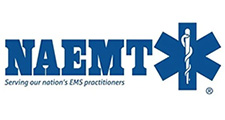
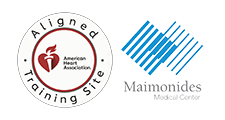
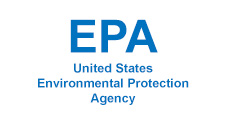
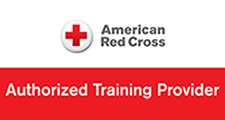
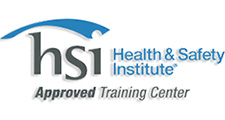
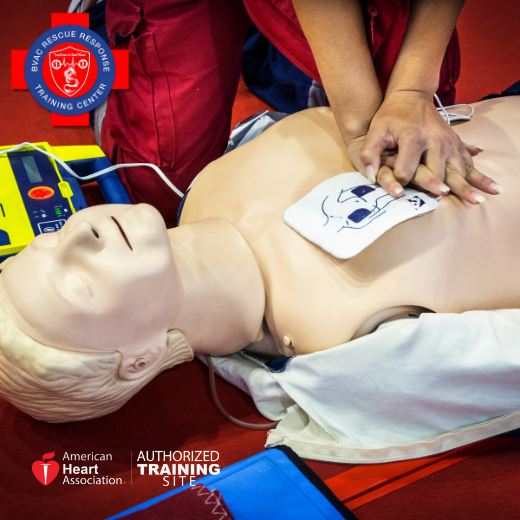
CPR (Cardiopulmonary Resuscitation) is a simple skill that can save a life in minutes but despite its importance, many people are hesitant to sign up for a CPR course. So, what’s stopping them?
The truth is fear plays a big role. From uncertainty about the process to misconceptions about legal risks, here are some common reasons why people shy away from learning CPR and how we can help change that.
1. Fear of Failing
One of the biggest concerns people have is, “What if I do it wrong?” They worry they’ll forget what they learned or make a mistake during a real emergency. But CPR training is designed to be simple and memorable. Even imperfect CPR is better than doing nothing at all, it keeps blood flowing and buys time until help arrives.
2. Fear of Responsibility
Some people worry that if they step in, they’ll be responsible for the outcome. But taking action, even basic chest compressions, can double or triple someone’s chance of survival. Training builds confidence and helps people understand that doing something is always better than doing nothing.
3. Fear of Legal Consequences
Many avoid CPR training because they fear being sued if something goes wrong. However, Good Samaritan laws exist to protect bystanders who offer emergency assistance in good faith. If you’re not being reckless and aren’t expecting payment, the law is almost always on your side.
4. Fear of Physical Contact
Some feel uncomfortable with the idea of touching a stranger or performing mouth-to-mouth. Thankfully, many CPR courses now teach hands-only CPR, which eliminates the need for rescue breaths in most adult cardiac arrest situations. This makes it easier and more comfortable for people to act.
5. Fear of Medical Situations
The idea of dealing with blood, trauma, or an unconscious person can be intimidating. But CPR classes walk participants through realistic scenarios, helping them prepare mentally and emotionally. The goal is to reduce panic and increase readiness.
6. Fear That It’s Too Complicated
Many people assume CPR is too hard to learn or only for medical professionals. In reality, most classes can be completed in just a few hours, and the skills are taught in a step-by-step, hands-on way that anyone can master.
The Bottom Line
These fears are real but they’re also manageable. By promoting CPR as a simple, accessible, and empowering skill, and by clearly addressing legal and emotional concerns, we can encourage more people to get trained.
Saving a life doesn’t take a medical degree. It starts with the decision to learn.
Headquarters:
214-29 42nd Avenue
Bayside, New York 11361
Mailing Address:
P.O. Box 610606
Bayside, New York 11361
Phone: + 1 (718) 631-3333
Contact Form
